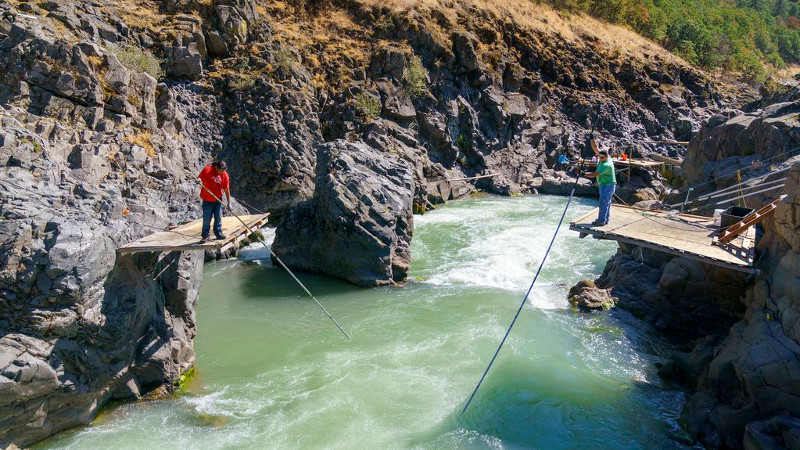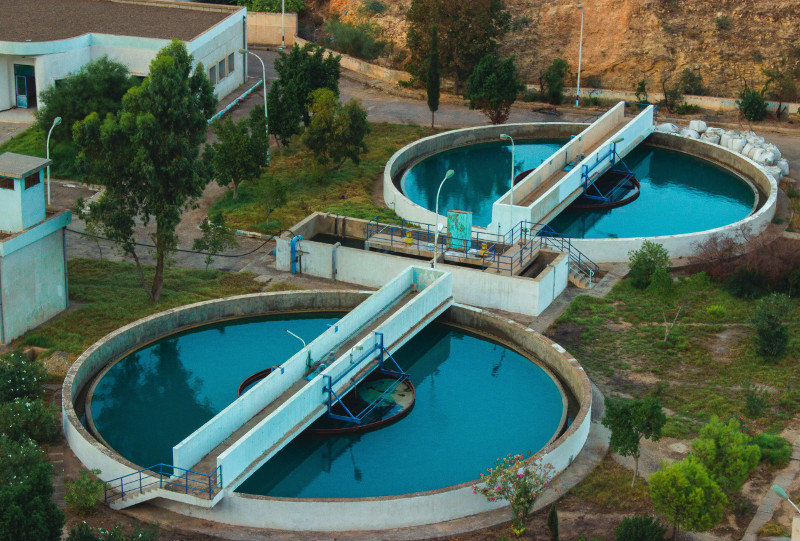-
Regulatory and resource agencies sometimes require collection of benthic macroinvertebrates and/or fish for baseline data or permit compliance. It is too common for them to not know what they will do with the data. Correctly analyzing and interpreting these data yields valuable information that operators and regulators can use to make well-informed decisions regarding Clean Water Act compliance. Aquatic biotic communities reflect ambient water quality conditions much better than do chemical concentrations.
-
The EPA, and many state regulators, consider aquatic life to be the highest designated beneficial use of water. Closely related to this water quality standard is “fishable and swimmable”. The latter is easier to define and to assess attainment: if fish are present all water quality variables suit their needs; when there are no human parasites or known toxic chemicals water quality is swimmable. The aquatic life water quality standard is not as easy to define and measure.
-
Inorganic metals and organic toxic chemicals in water, sediments, soils, or rocks concern everyone. Most people are seriously concerned with toxins that effect human and environmental health. A major characteristic of toxic geochemicals is that they tend to occur at very low concentrations; many times not being detected or quantified at all by the analytical chemical lab. These non-detected (or censored) results too often are mis-handled by ignoring them or substituting some arbitrary number in their stead.
-
Beneficial uses under the clean water act
Categories: Estimated reading time: 3 minutes
The Clean Water Act’s (CWA) Section 301(m)(2) reads: “The effuuent limitations established under a permit issued under paragraph (1) shall be sufficient to implement the applicable State water quality standards, to assure the protection of public water supplies and protection and propagation of a balanced, indigenous population of shellfish, fish, fauna, wildlife, and other aquatic organisms, and to allow recreational activities in and on the water. In setting such limitations, the Administrator shall take into account any seasonal variations and the need for an adequate margin of safety, considering the lack of essential knowledge concerning the relationship between effuuent limitations and water quality and the lack of essential knowledge of the effects of discharges on beneficial uses of the receiving waters. -
Many projects or operation involve geochemistry: chemicals in water, sediments, soils, or rocks. Most people are not concerned with chemicals like magnesium sulfate or sodium chloride, but they are seriously concerned with toxins that effect human and environmental health. These toxins can be inorganic metals such as arsenic, cadmium, and zinc or organic compounds such as polychlorinated dioxins, furans, biphenyls, and pesticides. These toxins are most commonly present in very low concentrations, frequently not detectable.
-
Clean Water Act Compliance: Quantifying Ambient Water Quality
Categories: Estimated reading time: 2 minutes
The CWA’s objective of restoring and maintaining the physical, chemical, and biological integrity of the nation’s waters requires ambient condition assessment. In fact, that’s what the CWA tells regulators to do. This article presentation will define ambient conditions and explain how to measure and interpret the data. The basis for setting water quality standards is decades out of date, given our current understanding of environmental data and availability of recently developed statistical models. -
Toxic metals and organic compounds are commonly present at very low concentrations in water, sediments, soils, and rocks. Concentrations cannot be quantified with 99% certainty; if those chemicals are present the instrument cannot distinguish them from zero. Concentrations below laboratory reporting limits are censored because their values are unknown. Censored values can be 70-80% of the available date, a meaningful amount of valuable information. Correct analysis of censored data is particularly important when performing an ecological risk analysis (ERA) as part of the CERCLA Superfund process.
-
Effective Regulation of Water Quality
Categories: Estimated reading time: 3 minutes
Current regulation of water quality, based on the statutes they implement, fail to effectively describe the current state of water bodies. There are historical and political reasons for this condition but no excuse to continue as we have for the past almost 60 years. Our understanding of aquatic ecosystems and the development of appropriate statistical models for environmental data provide the means to more effectively regulate water quality to benefit natural ecosystems and human health. -
Environmental Issues Involving Water Quality Data
Categories: Estimated reading time: 2 minutes
When a permitting, compliance, or litigation case involves geochemistry (water, sediments, soils, rocks) using the appropriate statistical analyses of available data-–and communicating the results to non-technical decision-makers or finders of fact clearly and effectively-–are critical. This is particularly true when a client can be penalized by a regulatory agency or sued by an environmental NGO for violating the Clean Water Act (CWA) by exceeding the arbitrary maximum concentration limit for the chemical. -
R.A. Fisher, a British biologist and statistician created the statistical foundation for testing experimental hypotheses in the 1930s. Environmental data are observational measurements, not experimental measurements. Therefore, the analytical models applied to experimental data produce incorrect results when applied to environmental data. Download the PDF.
1 of 5
Next →



